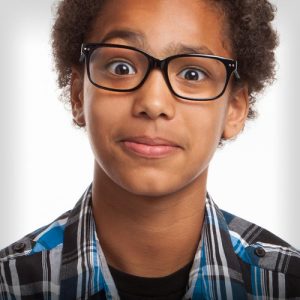

BACK TO SCHOOL EYE EXAMINATION CHECK LIST 2017
The month of September is here again. This is a month that signifies the beginning of the “ember” months, the last lap of the rainy season (all things being equal with climate changes) and of course the beginning of the school year. This is the month that parents are so consumed with check lists for school – new backpacks, lunch boxes, uniforms, provisions and the like, that they often forget the one thing that can make or break a school year for a child – GOOD VISION.
Eyesight plays an essential role in learning. It has been estimated that 80 percent of what children learn is through vision. A child’s vision may change frequently, so regular eye and vision care is crucial to a student’s classroom success and overall development. Poor vision can interfere with learning, school performance, participation in sports and other activities, as well as self esteem.
Some signs that a child may have vision problems include:
- Sits too close to the TV or holds a book too close to their face
- Squints while reading or watching TV
- Frequently rubs the eyes
- Eyes turn in or out
- Avoids reading or other close activities
- Frequent headaches
- Covers one eye
- Tilts the head to one side
- Sees double
- Makes frequent reversals when reading or writing
- Omits or confuses small words when reading
Whether or not your child exhibits any of these signs of vision problems, having their eyes examined is very important in also diagnosing diseases and disorders in young children, which may lead to vision loss and other issues that affect a person’s quality of life.
A child with undetected vision problems can be frustrated or bored in school because he or she can’t see the board or read a book easily. Most childhood vision problems can be prevented or treated effectively through early detection. Eye exams play a critical role in this process. However, delayed diagnosis and treatment of vision problems in children can lead to vision loss, additional costly treatments, and missed learning and developmental opportunities.
Parents are therefore encouraged to visit an eye doctor in their locality and have their children and wards’ eyes examined, as they go back to school.

